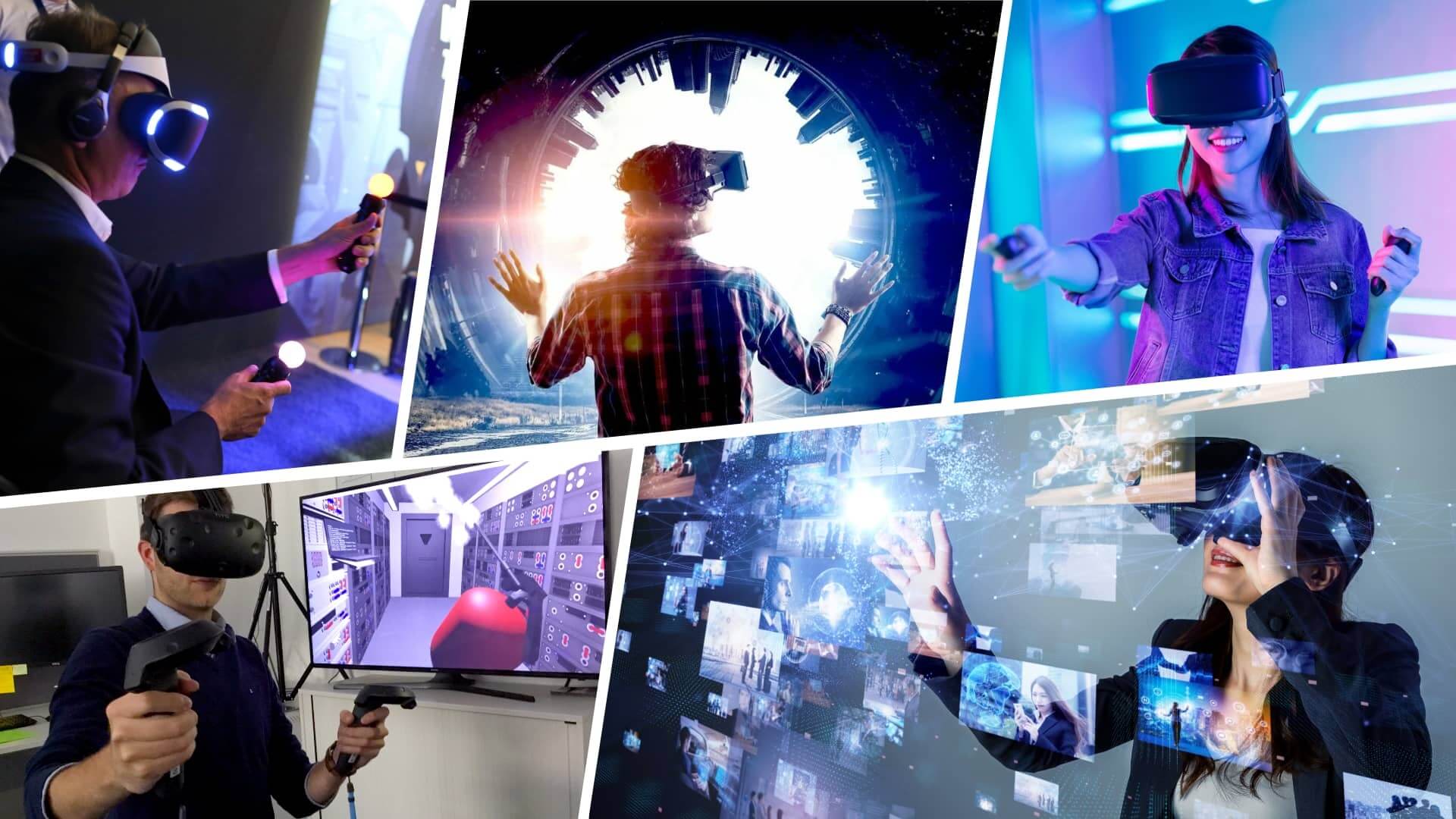Buzz Haven: Your Source for Trending Insights
Stay updated with the latest buzz in news, trends, and lifestyle.
Lost in Pixels: Navigating the Quirks of Virtual Reality
Dive into the whimsical world of virtual reality! Explore its quirks, surprises, and how to navigate digital dreams. Join the adventure now!
Understanding Virtual Reality: What Makes It Different from Augmented Reality?
Understanding Virtual Reality involves recognizing how it creates an immersive experience that completely replaces the user's real-world environment. Through the use of specialized headsets and sensory equipment, virtual reality (VR) transports users into a digitally constructed world where they can interact with 3D environments in a way that feels realistic. This full immersion stands in stark contrast to augmented reality (AR), which overlays digital elements onto the real world without fully replacing it. For example, VR might allow a user to explore a simulated ocean, while AR could superimpose digital fish over their actual surroundings.
To further understand the differences, consider the following key aspects:
- Immersion: VR aims for complete immersion, allowing users to experience environments that may be impossible in real life.
- Interaction: In VR, users can navigate and manipulate objects within the virtual space, while AR enables interaction with virtual objects blended with the real world.
- Technology: VR typically requires headsets and controllers, while AR can be experienced with smartphones or AR glasses.
These distinctions make both technologies unique, catering to different applications and user experiences.

Common Challenges in VR Experiences and How to Overcome Them
Virtual Reality (VR) experiences can immerse users in captivating environments, but several common challenges can hinder the overall experience. One major issue is motion sickness, which occurs when there is a disconnect between the user’s physical movements and the visuals displayed in the headset. This can be particularly problematic in fast-paced VR games or simulations. Additionally, hardware limitations such as low frame rates can exacerbate this sensation. To mitigate motion sickness, developers can implement smooth transitions and ensure a minimum frame rate of 90 FPS to create a more stable experience. Techniques such as incorporating a fixed reference point within the VR space can also help users maintain their balance and reduce feelings of nausea.
Another significant challenge in VR experiences is the potential for user fatigue and discomfort during extended sessions. Many users report feeling sore or strained after prolonged use of VR headsets, especially if they are not ergonomically designed. To overcome this, it's essential for developers to prioritize user comfort. This can be done by designing intuitive control schemes and allowing for regular breaks within the experience. Additionally, developers should consider incorporating adjustable settings to accommodate different user preferences, such as modifying the VR environment's intensity or complexity, helping to maintain an engaging yet comfortable experience.
The Future of Gaming: How Virtual Reality is Redefining Interactive Entertainment
The future of gaming is being reshaped by the rapid advancements in virtual reality (VR) technology, which allows players to immerse themselves in entirely new worlds. Unlike traditional gaming, where players remain detached from the action through a screen, VR transports them directly into the game environment. This innovation challenges developers to create experiences that are not only visually stunning but also interactive and emotionally engaging. As VR hardware becomes more accessible, the potential for expansive, multiplayer worlds and realistic simulations in both gaming and other fields like education or training grows exponentially.
In addition to enhanced realism, virtual reality fosters a profound sense of connection among players. Features such as social VR platforms enable individuals to gather, communicate, and play together in immersive 3D spaces. This evolution in interactive entertainment has given rise to new genres and gameplay mechanics that focus on collaboration and shared experiences. As we move further into the future of gaming, it is clear that VR will redefine how we interact with games and each other, paving the way for a vibrant ecosystem of creativity, competition, and community.